When it comes to cars, there are a lot of terminologies and abbreviations to know and understand such as ACC or adaptive cruise control, ESC or electronic stability control, ATC or automatic traction control, DSR or differential slip control, and ABS Anti-lock Braking System.
Actually, the aforementioned systems alone are components of the EBS or electronic braking system. These different brake components play an important role in providing a safe driving experience. To further elaborate on what EBS is all about, read on.
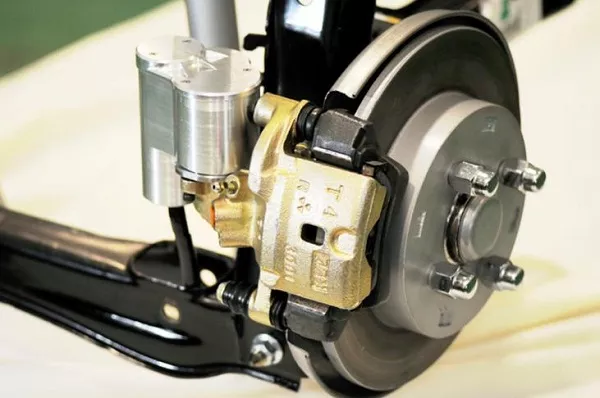
EBS - Electronic braking system
1. What is EBS?
EBS (electronic braking system) and its components basically reduce the buildup times and response in brake cylinders. In turn, this will reduce the braking distance by a few meters.
In some situations, the electronic activation of EBS can be decisive. This is why the integrated ABS function ensures driving steerability and stability throughout the whole braking procedure.
The EBS will detect and control the things going on with each of the individual wheelsets. It goes beyond dealing with wheel lockup. This is because the electronic braking system is predictive, with pre-programmed sensors that prevent bad situations from happening.
One notable predictive function of EBS is for rollover. It can predict when a rollover will happen, then it applies the brakes to particular wheels in order to prevent it. It also slows down the engine speed in prime movers.
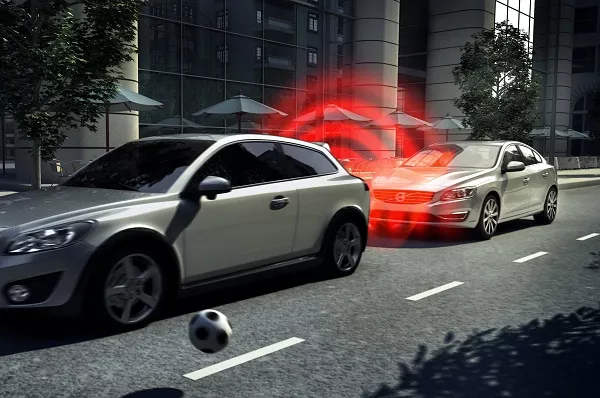
The braking components of the EBS reduce the build-up times and response in brake cylinders
>>> Also check out: How to use your car brakes properly
2. Benefits of electronic braking systems
Easier maintenance
Using electrical braking does not entail expensive maintenance cost compared to mechanical braking. This is mainly because, in the traditional braking system, we periodically replace the brake shoes -- and these involve extra cost.
Improved brake wear
The amount of heat generated in electrical braking is much less compared to the heat due to mechanical braking. In traditional or mechanical braking, the heat produced at the brake shoes will eventually result in quicker brake failure.
Increased braking effort
An electronic braking system works fast and more effective than mechanical or traditional braking.
ABS, EBD, BA (Automatic Braking System, Electronic Brake Distribution, Brake Assist)
Reduced running cost
Electrical braking helps reduce running cost because a part of the electrical energy used is returned.
Improved vehicle safety
The electric braking system will ensure that your tires will not lock up, and your ability to steer will be retained. It will also prevent oversteer because it maintains the proper amount of brake force to outer and inner wheels.
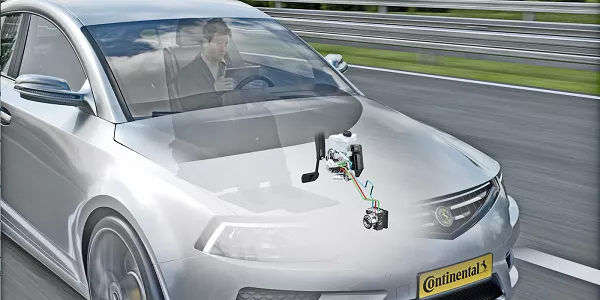
EBS ensures the tire not to lock up, preventing oversteer
Increased system capacity
When the driver uses electrical braking, the system’s capacity such as heavy loads and higher speeds can be increased. This ability of the EBS cannot be acquired when using mechanical braking.
Differential Slip Control
It is a device which limits the amount of wheel spin if the driven wheels lose grip when there is applied power. The differential slip control does it by redistributing the power of the engine to the wheels with the most grip. It can either be done with electronics, with a mechanical system or through the combination of those two.
Automatic Traction Control
It is an active car safety feature that helps cars make use of traction effectively. It uses all the traction available in the road when the car is accelerating on low-friction surfaces.
Without traction control, the car is liable to slip when accelerating on slippery surfaces like loose gravel or ice. Traction control will be activated once it senses that the car's wheels might slip. This helps drivers make the most out of traction available on the road surface.
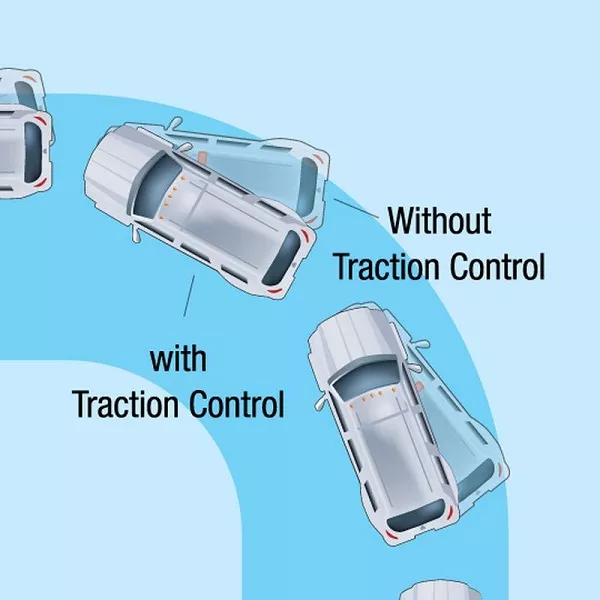
Automatic traction control is an active car safety feature that helps cars make use of the traction effectively
ESC or electronic stability control
ESC is intended as a way of correcting situations. For example, if a driver makes an error which comprises vehicle stability, the ESC will quickly step in to mitigate.
It independently intervenes to adjust brake controls and engine power to reduce skidding, rollover, jack-knifing and spinning. It will work in circumstances where steering to effectively turn the vehicle is needed to prevent or reduce the risk of losing control.
ACC or Adaptive Cruise Control interface
This comes with a driver alert system which monitors traffic automatically. It also senses the distance of your vehicle from the car in front.
ABS or Anti-lock braking system
ABS or Anti-lock braking system was invented to assist the driver in controlling the car under heavy braking by preventing the wheels from locking up. It monitors the speed of the wheel while it rotates then detects if it’s about to lock up under braking.
If this happens, the brakes will be released automatically then quickly reapplied. To make sure that the car can be controlled and steered by the driver, the process will be repeated several times very quickly. This is very useful to avoid a collision.
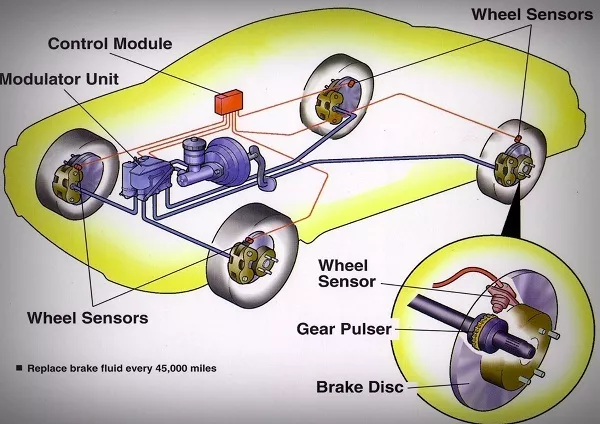
The anti-lock braking system monitors the speed of the wheel while it rotates then detects if it’s about to lock-up under braking
3. Features of EBS
- Electronic activation of all the components of the braking system
- Engine brake retarder and integration into the service brake application
- Brake force distribution that adapts to the distribution of load
- Brake compatibility between trailer and tractor
- Continuous self-testing via monitoring functions and integrated diagnostics
- Comfortable deceleration control
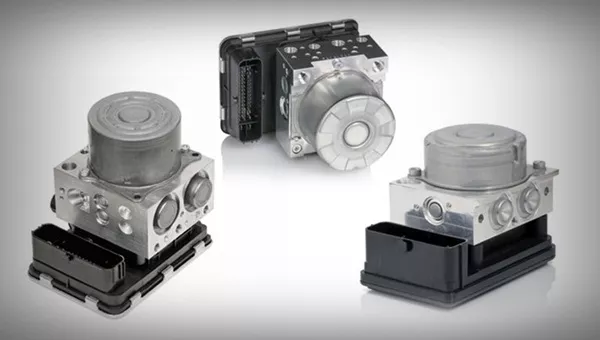
EBS components
Although EBS is very helpful, there are disadvantages as well. Electric braking can’t be used to hold the car after coming to rest, this means, the mechanical braking will still be needed additionally.
If a car is going uphill, it can be stopped using electric braking. But to prevent it from moving downhill, the mechanical brakes should be used.
>>> Read more tips for car brake's maintenance:
- 6 signs showing that your car's brake system needs maintenance
- Everything You Need To Know About Brake Fluid
4. Bottomline
With a traditional braking system, the ability to steer will be reduced if there are changes in the vehicle’s balance. The shifting car weight under conditions of duress may cause the tires to lock.
The driver may not be able to get around road obstacles in time. The car might also get out of control and/or oversteer. An electric braking system, on the other hand, ensures that car tires will not lock up and the driver’s ability to steer is retained.
It will also prevent oversteer because it keeps the proper amount of brake force to outer and inner wheels. EBS ensures that drivers are free from any steering and braking problems which will keep the car intact and the driver and passengers safe.
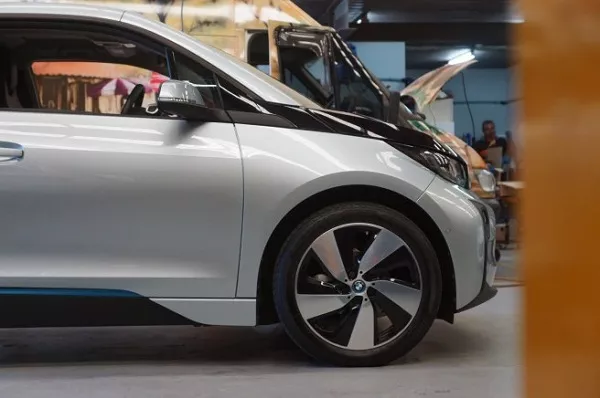
Using electrical braking does not involve expensive maintenance cost compared to mechanical braking
Electronic braking systems (EBS) present in modern cars provide better safety when driving. Road safety is very important to everyone, be it drivers, passengers, motorist and pedestrians.
This is why EBS, together with its active safety components like anti-lock brake technology and traction control play an important contribution to safety on the road. It will also keep you, your family, and passengers safe whether going on a long trip or just driving to your local grocery stores.
Recent posts
- How to change your car's brake pads properly? Aug 17, 2022
- 6 warning signs of a poor braking system Jan 21, 2019
- Car handbrake: Things you should keep in mind Apr 12, 2021
- Do’s and Don’ts when car brakes fail Mar 17, 2021
- How to make your brakes last longer? Feb 17, 2021












